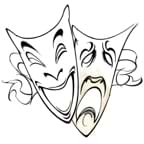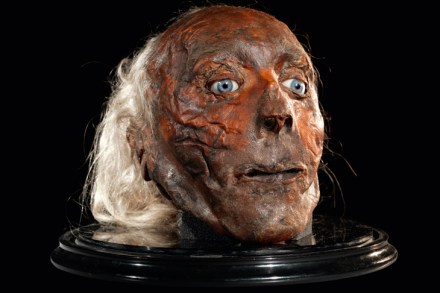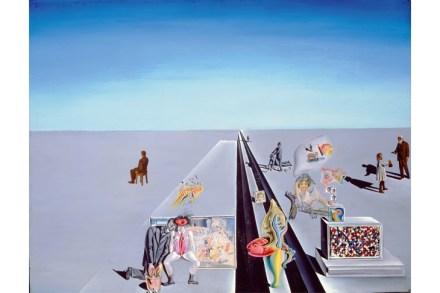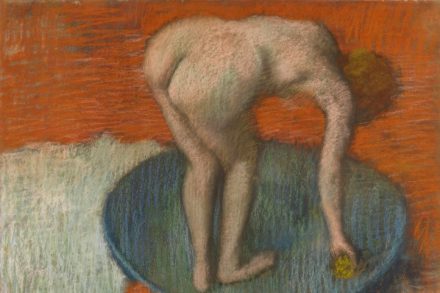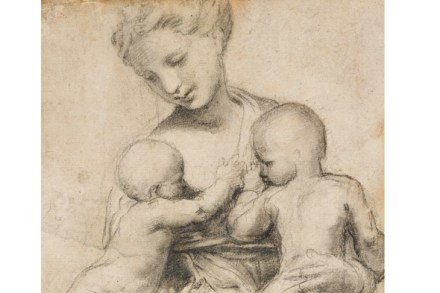Notes on a scandal | 1 March 2018
ExhibitionsLeonard Rosoman is not a well-known artist these days. Many of us will, however, be subliminally familiar with his mural ‘Upstairs and Downstairs’ in the Grand Café at the Royal Academy, painted in 1986 when the artist was in his early seventies. Two worlds are portrayed with a degree of satire — dressy guests arriving



